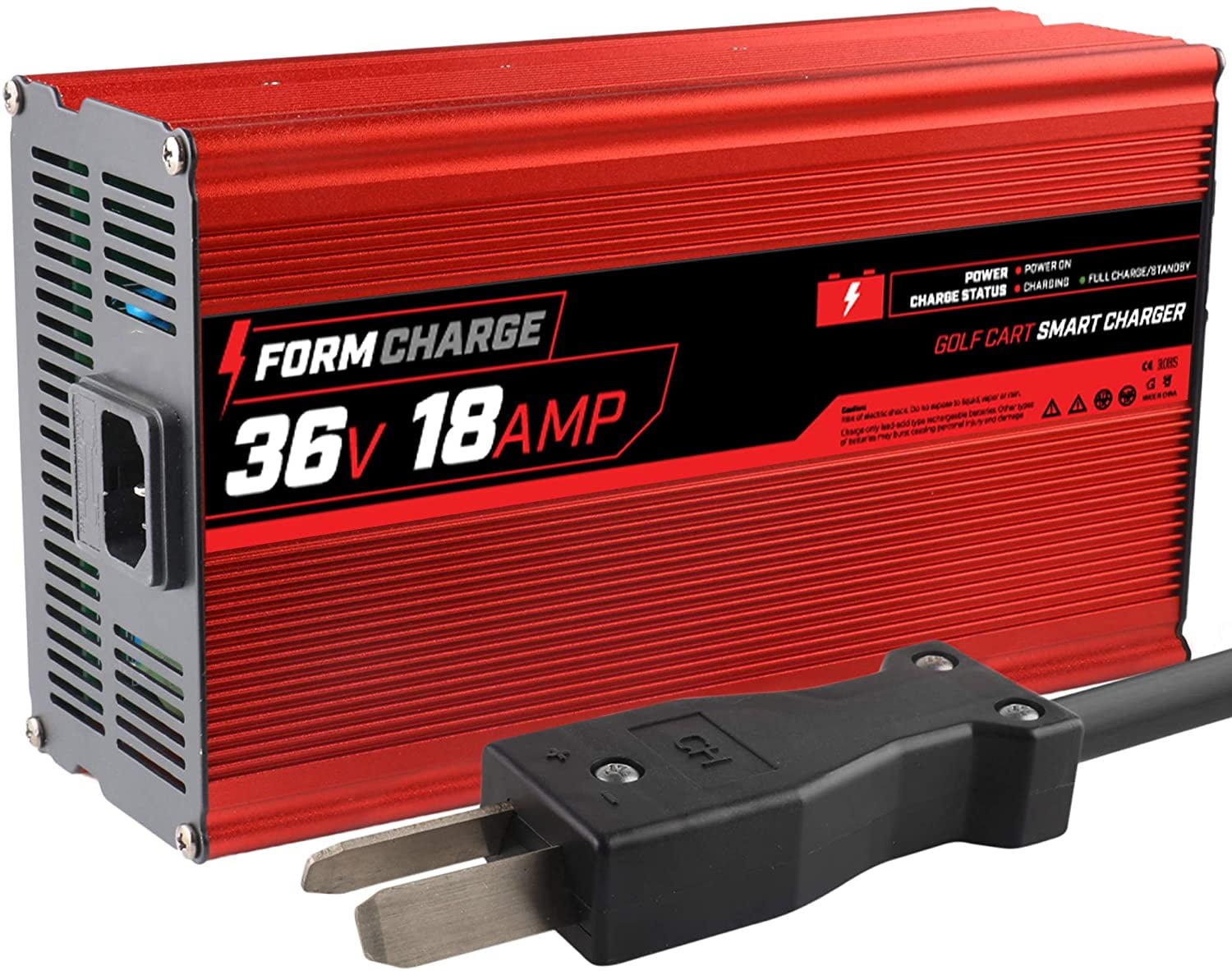
Will give you a quicker charge and is still relatively safe, though you should Recommended to charge a car battery at anything over 20 amps. You can find faster-charging options, as well. The advantage of this relatively low charging rate is that you’re less likely to overcharge the battery, which can reduce its overall lifespan. At this rate, it typically takes over 24 hours to fully charge the battery. Most battery chargers send about 2 amps of power to your battery per hour. It typically takes over 24 hours to fully charge the battery. If you used 10 amps per hour, it would last for 10 hours, and so on. If a battery’s ampere-hour is 100Ah, this tells you the battery can deliver 5 amps of power for 20 hours. The amp hours allow you to measure car battery amps through the practical lens of how long it will last between charges.

You can find these charts for car batteries as well, though. This is something you’ll see most often associated with deep cycle batteries used for recreational and marine vehicles. What is the car battery amp hours chart?Ī car battery amp hours chart shows the ampere-hour (expressed Ah) of the battery. Nevertheless, a battery is not supposed to be discharged more than 50%, so the 120-minute reserve capacity has a limit of one hour. For example, if a battery has 120 minutes of reserve capacity, it can handle the 25-amp load for two hours. The reserve minutes represent the number of minutes that a fully charged battery can sustain 25 amps of current before its voltage falls to 10.5 volts for a 12-volt battery. Read more: What Is Car Battery Voltage And Why Is It Important? What are reserve capacity minutes? Hence, get a high enough CCA rating on a battery as it will represent the power you’ll get in a worst-case scenario of very low temperatures. This is because you’ll be starting your battery in low temperatures than you would in normal temperatures. The CCA is more important than the CA if you live in a cold climate. It is the number of amperes that a 12-volt battery can supply at 0☏ for 30 seconds while maintaining 7.2 volts. The cold cranking amperes (CCA) rating defines the power a battery can output to start an engine in cold temperatures. To this end, the cranking amps show how much power a battery supplies to start an engine in most climates.

#Car battery charger amps drivers#
Read more: Best ATV Battery-Top picks for ATV drivers (Review and buying guide) What are cranking amperes (CA)?Ĭranking amps (CA) is a rating for the number of amperes that a lead-acid battery can output at 32☏ for 30 seconds while maintaining 7.2 volts for a 12-volt battery. This is the power you’ll get when the battery is at -4☏ and is a truer measure of the battery’s actual power.

Pay more attention to the cold cranking amps (CCA) when you’re figuring out how many amps is a car battery. Usually, the CA rating will be higher than the CCA rating. Matters are further complicated by the fact that you’ll see two-ampere ratings on most batteries: the crank amps (CA) and cold cranking amps (CCA). The ampere ratings (or amp ratings) of a battery basically tell you its storage capacity.


 0 kommentar(er)
0 kommentar(er)
